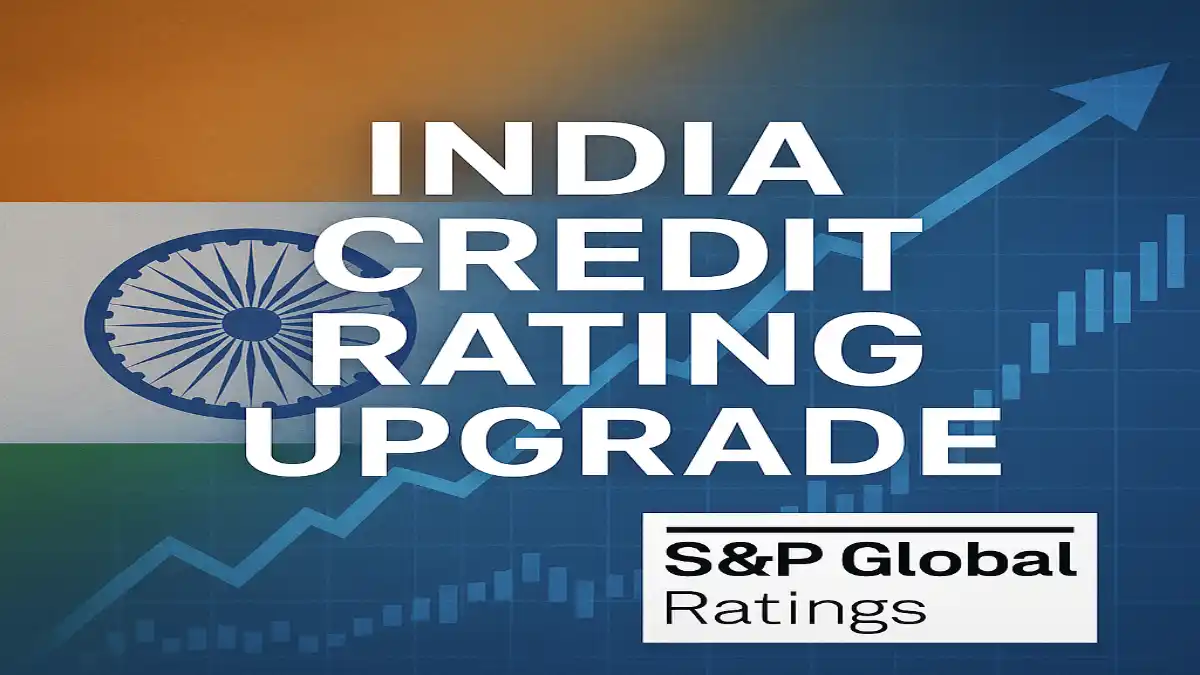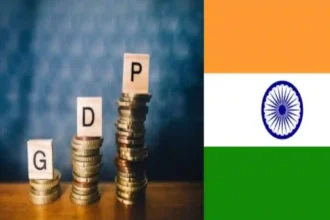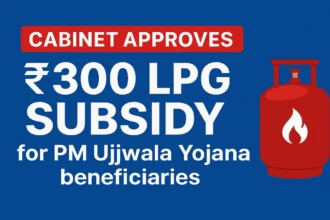The Government of India has welcomed a historic decision by S&P Global Ratings to upgrade India’s long term sovereign credit rating to BBB from BBB- and its short term rating to A-2 from A-3, with a Stable Outlook. This marks the first India credit rating upgrade by S&P in 18 years, the last one having been in January 2007.
This development is not just a symbolic boost but a strong signal to global investors that India’s economy is moving in the right direction. In a global economic environment where uncertainty remains high, this recognition strengthens India’s image as a stable and resilient investment destination.

Understanding the India Credit Rating Upgrade
Credit ratings are essentially a report card for a country’s financial health. They measure a nation’s ability to meet its debt obligations and signal the level of risk to potential investors and lenders.
S&P’s upgrade of India’s long term rating to BBB puts the country two notches above the speculative grade, confirming its position in the investment grade category. The short term rating upgrade to A-2 adds another layer of confidence for those lending to India for shorter durations.
For context:
BBB means India is considered to have a low risk of default and a stable economic outlook.
A-2 short term rating shows strong capacity for timely debt repayment in the near term.
Why Did India Get This Upgrade?
S&P cited several reasons for the India credit rating upgrade, many of which reflect structural and policy level improvements:
1. Fiscal Consolidation – India has been committed to reducing fiscal deficits over time, despite global headwinds like the COVID-19 pandemic and geopolitical disruptions. This discipline reassures investors about long-term stability.
2. Robust Infrastructure Push – Large-scale public investment in roads, railways, ports, and digital infrastructure has boosted productivity potential.
3. Inclusive Growth Approach – Policies aimed at rural development, social welfare, and financial inclusion have supported broad-based growth rather than leaving certain sectors behind.
4. Strong Economic Momentum – India’s GDP growth remains one of the fastest among major economies, consistently above 6%, even as global growth slows.
5. Resilient Macro Fundamentals – Foreign exchange reserves remain strong, inflation has been brought under control, and the banking sector is healthier than in previous years.
Implications of the Upgrade for India
The India credit rating upgrade has both tangible and intangible benefits:
Lower Borrowing Costs – With a better rating, India can borrow money at lower interest rates from global markets, reducing the cost of infrastructure and welfare spending.
Boost in Investor Confidence – Foreign investors tend to put more money into countries with strong credit ratings, as they see reduced default risk.
Enhanced Global Standing – Joining the league of countries with stable BBB ratings strengthens India’s geopolitical influence in trade and finance negotiations.
Private Sector Spillover – Indian companies may also benefit as lenders often use the sovereign rating as a benchmark. A better sovereign rating can translate to cheaper corporate borrowing costs.
Comparison With Other Nations
To put it in perspective, the United States has an AA+ rating from S&P, which is not the highest possible (AAA), yet enjoys low borrowing costs due to its economic size, dollar dominance, and trusted institutions. India’s upgrade to BBB may not match advanced economies yet, but it moves it closer to the ratings of emerging market leaders.
Road Ahead: Viksit Bharat by 2047
The Ministry of Finance has reiterated that this India credit rating upgrade is not the end goal, but part of a larger economic vision. India aims to become a developed nation (“Viksit Bharat”) by 2047, the centenary of its independence. This will require sustained growth, more structural reforms, and greater global integration.
Key steps forward include:
- Continuing fiscal discipline to maintain macroeconomic stability.
- Further boosting manufacturing and exports to balance growth.
- Expanding renewable energy to ensure sustainable development.
- Deepening financial markets to attract long term investments.
Conclusion
The India credit rating upgrade by S&P is a milestone achieved through consistent policy efforts, economic resilience, and a focus on inclusive growth. It comes at a time when global economic confidence is fragile, and it positions India as a credible, stable, and attractive destination for investors.
While the upgrade is a cause for celebration, the challenge lies in sustaining this momentum. With the right reforms and continued policy discipline, India could aim for further upgrades in the coming years, reducing borrowing costs even more and accelerating its journey toward becoming a developed economy by 2047.
This 18 year wait for a rating boost underscores a powerful lesson: long term commitment to fiscal prudence, infrastructure growth, and economic inclusivity pays off not just domestically, but also in the eyes of global financial institutions.
Stay connected with The News Drill for more updates.













